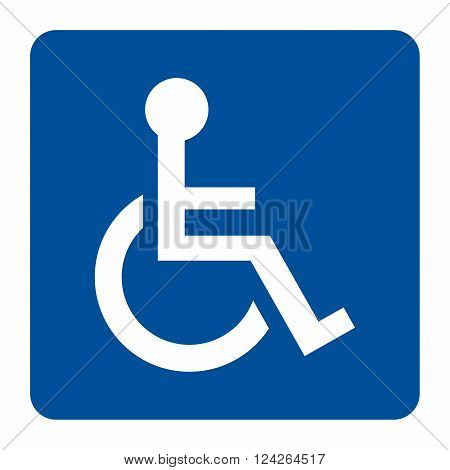While we tend to think of dementia home care in a negative light, it can be avoided. Disability can have a negative impact on your life, regardless of whether you are born with it or later in life. Many people with disabilities seek help from the medical community because of this. They should know how to improve their quality and avoid future disability. Here are five important disability resources:
Understanding the Basic Types & Types of Disabilities
There are a number of reasons why a disability could develop. However, there is one underlying reason that seems to be prevalent in disability cases – unhealthy environmental factors. This means knowing how to avoid diseases and having the tools to make healthy lifestyle choices. It means that people with disabilities may understand that certain health issues relating to a disability can be treated through a doctor. Patients with mental disabilities should seek mental health professionals and not doctors.
Understanding the Basic Types & Types of Disabilities
Chronic health conditions are the most common of all dementia home care. Chronic health conditions include diabetes and heart disease, lung disease, kidney disease, and heart disease. Many of these disabilities are chronic, meaning that they must have been present for a long period of time before symptoms become obvious. In some cases, symptoms may only be apparent for a short time.
Understanding the Basic Types & Types of Disabilities
One type is defined by the effect a disability can have on an individual’s ability to do everyday tasks. Examples include multiple sclerosis and arthritis. These conditions can pose a problem for people who have them. However, researchers have shown that the effects of disability are not always equal among individuals. People with more severe disabilities are more likely be affected.
Understanding the Basic Types & Types of Disabilities
- Another common type of disability in the United States can be attributed to environmental factors. This category covers a variety of conditions, including those caused by living in areas contaminated with asbestos or lead. The risk of developing a disability is greater for those who live in areas containing high levels of these substances. Those who work in areas contaminated with these materials are also at greater risk.
A final category of disability is one that is seen in a majority of disability cases. This is called a pre-existing condition. Pre-existing diseases are conditions that existed in the body before the onset or progression of a disability. For example, someone born with heart disease will be more likely to develop problems later in life. Someone who suffers from arthritis has a greater chance of developing arthritis later in life as well.
These are the categories of disability that are directly related to a medical condition. These include heart disease, strokes, kidney disease, and many other organ diseases. They are sometimes also caused by a genetic defect or a hormonal problem. Someone who develops kidney problems due to the excess pressure on their kidneys or someone who develop diabetes because of family history has a disability due to a medical condition. A spinal cord injury can also be considered a disability.
There are many types of disabilities in the United States, as you can see. These disabilities can be self-imposed or as limitations caused by a medical condition. There are also those disabilities that are caused by genetic issues or those that develop as a result of living in a certain environment. Regardless of what type of disability you have, if you feel that you are disabled, it is important to contact your doctor to determine what your actual disability is.
